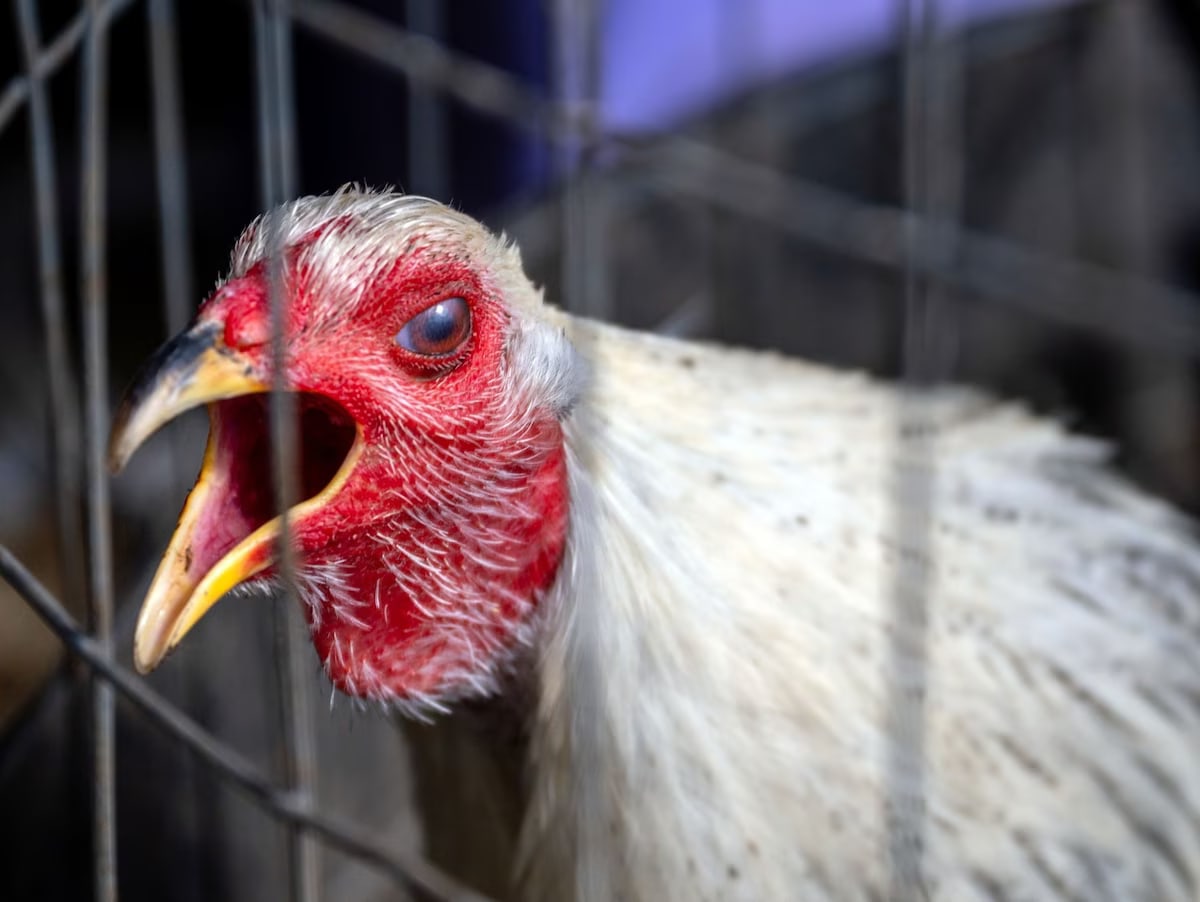Want to Control Bird Flu? Vaccinate the Chickens!

Want to Control Bird Flu? Vaccinate the Chickens!
Analysis by Adam Minter

An especially virulent strain of bird flu has killed off more than 58 million birds in the US since January 2022. That’s not the toll from disease. It’s mostly the result of whole flocks of poultry slaughtered by American farmers to prevent the virus from spreading after even one infected bird is found. But those drastic measures have failed to stop the devastation. Vaccination of domesticated birds can provide a new line of defense. The world has had a vaccine available to help stop the spread of the virus since at least 2003. Its use in other countries, especially in Asia, has proven it effective at halting outbreaks.
The most recent wave of the disease has prompted more countries to move toward vaccinating their flocks. Yet despite the massive loss of life, the financial toll on farmers and the spiraling cost of eggs and other poultry-related consumer products, the US continues to dither over the pros and cons. The key concern is that vaccinations could hinder US poultry exports to other countries worried that shipments of vaccinated birds might contain hidden infections. Such opposition might have been justified when flare-ups of the virus were more easily controlled. But that’s no longer the case. To stop future outbreaks, the US must vaccinate its poultry.
What’s known as bird flu, or Highly Pathogenic Avian Influenza A(H5N1), first emerged on Hong Kong farms and poultry markets in 1997, and eventually spread to humans, killing 6 of the 18 people who caught it. Hong Kong responded by destroying every one of the 1.5 million chickens located on the city-state’s commercial farms and in local poultry markets. It was an expensive move, in terms of both life and money, but it worked to stop the outbreak. To reduce the risk of future outbreaks, Hong Kong successfully implemented new hygiene, biosecurity and virus-surveillance measures. But by 2001 the virus — spread by wild birds — began to appear in the markets again. “So that’s when I started looking at vaccination,” recalled Dr. Leslie Sims, who designed Hong Kong’s bird flu control methods after the 1997 outbreak, in a recent phone call from Hong Kong. “I had to have an extra level of protection.”
Hong Kong trialed vaccinations in 2002 and determined that they were effective at both protecting chickens from infection and at interrupting transmission. In 2003, the city made vaccination mandatory on all poultry farms that supply Hong Kong. Today more than 30 countries have adopted bird flu vaccinations for poultry. Successes have been notable and go beyond just eliminating threats to chickens. In China, the country that has deployed vaccinations most widely, research reveals that a drop in poultry infections reduced human infections, too. Nonetheless, until the most recent outbreak, most countries — especially poultry exporters — hesitated to adopt vaccinations. The reasons are several. First, vaccines become less effective over time due to mutations in the virus. For example, in Egypt researchers found that vaccine strains were no longer matched to circulating strains. Those less effective vaccines can lend a country a false sense of security — especially when other interventions, such as biosecurity and surveillance measures, aren’t adopted, too.
Second, many scientists and regulators worry that so-called “hidden infections” might remain among vaccinated birds and slip through safety nets and border controls. That’s a primary reason the US poultry industry and the US Department of Agriculture have resisted adopting vaccines for fear of jeopardizing the $6 billion in poultry and eggs products the US exported in 2022. But that opposition is not absolute.
As costs rise, farmers re-evaluate the costs and benefits. For example, in 2015, the USDA stockpiled hundreds of millions of vaccine doses as the then worst-ever US bird flu outbreak resulted in the deaths of more than 50 million chickens and turkeys. It was never used — the outbreak burned off before the vaccines were authorized. The ongoing 2022-2023 outbreak is far worse and, as a result, many reluctant countries are reconsidering bird flu vaccinations. In Europe, France, the Netherlands, Hungary and Italy are testing vaccines and will probably start vaccinating in the fall. This month, the European Commission agreed on harmonized rules for vaccination, including surveillance and biosecurity rules that will detect infections (if any) in vaccinated flocks. Those rules are designed to enable trading of vaccinated poultry among EU nations. Meanwhile, France is pursuing talks with non-EU trade partners to allow trade in vaccinated poultry.
Now the US should step up. Earlier this month CBS News reported that federal government scientists are “gearing up” to test bird flu vaccines on US poultry. No timeline was announced, but that shouldn’t stop regulators from creating surveillance guidelines (perhaps based on Europe’s) to reassure trading partners. Meanwhile, the Biden administration should follow France’s lead, reach out to trading partners, and begin the process of working out guidelines for trading in vaccinated poultry. It won’t be easy or quick; some trading partners are likely to see the negotiation as leverage to use over other trade issues.
But those talks are increasingly necessary. The current outbreak is a stark reminder that the virus continues to spread, becoming endemic in some regions, while posing a growing risk to life and property. Vaccination, if done thoughtfully, is a proven means of halting transmission and outbreaks. It’s time for the US to join countries that are embracing this tool.
More From Bloomberg Opinion:
• Fake Meat’s Impossible Quest to Win Over Americans: Stephen Mihm
• The Next ESG Frontier Is Genetically Modified Food: Chris Hughes
• Preppers Are Right to Worry About Our Food Supply: Amanda Little
This column does not necessarily reflect the opinion of the editorial board or Bloomberg LP and its owners.
Adam Minter is a Bloomberg Opinion columnist covering Asia, technology and the environment. He is author, most recently, of “Secondhand: Travels in the New Global Garage Sale.”
